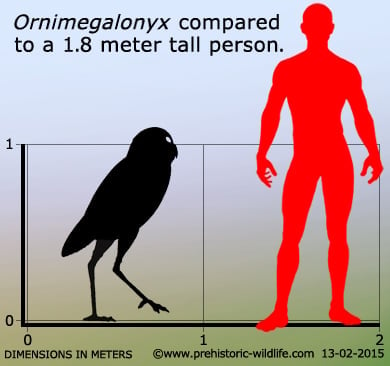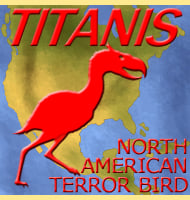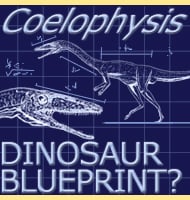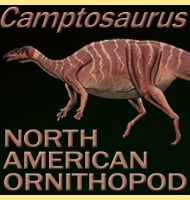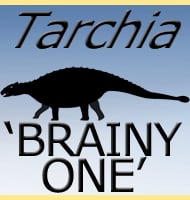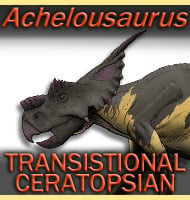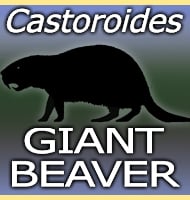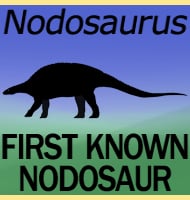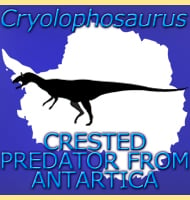In Depth
Further Reading
– The Great Predatory Birds of the Pleistocene of Cuba. – Smithsonian Contributions to Paleobiology number 27, pp. 169-187. – Oscar Arredondo – 1982. – Los Strigiformes f�siles del pleistoceno cubano. – Bolet�n de la Sociedad Venezolana de Ciencias Naturales 140, 33-55. – Oscar Arredondo – 1982.
